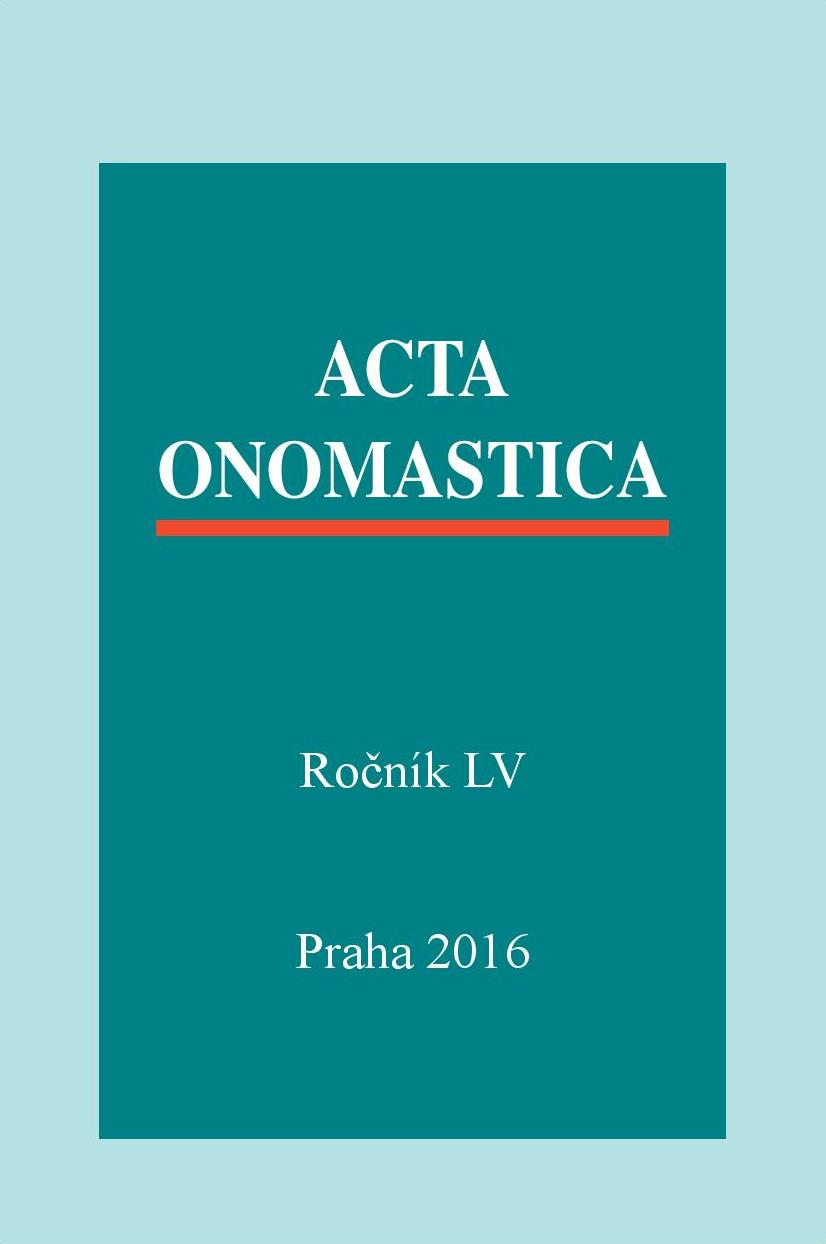A Linguistic-Typological Study of the Mountain Names of two Mountain Ranges in Medieval Hungary
A Linguistic-Typological Study of the Mountain Names of two Mountain Ranges in Medieval Hungary
Author(s): Katalin ReszegiSubject(s): Language and Literature Studies
Published by: AV ČR - Akademie věd České republiky - Ústav pro jazyk český
Keywords: mountain names; Slavic names; Hungarian names; semantic and lexical bases of name giving
Summary/Abstract: In my article I introduce the name layers found in old mountain name stock in the Carpathian. During the course of my study, besides the comparison of the linguistic-chronological layers of the names (Slavic names and Hungarian names), I also apply the aspect of location: I compare the names of two mountain ranges from a linguistic point of view. In the comparative study of the Slavic and Hungarian name layers, the most important differences are between the proportions of one- and two-part names. The Hungarian mountain name stock is dominated by two-part names, or at least, the two kinds of structures are more or less balanced. In contrast, in the Slavic name stock, there is the hegemony of one-part names. This clearly shows the basic differences between the name-giving customs of the two peoples. In my study regional differences were also shown. Significant differences are shown between the name-creating and name-changing customs of the two peoples. While the majority of (Hungarian) names of internal genesis were created in both areas by syntagmatic construction, i.e by compounding, similar ways of formation can scarcely be found among the Slavic names. However, name creation by formants is characteristic of the Slavic name layer, whereas it is peripheral among Hungarian mountain names. Of the differences between the two mountain ranges, it is worth pointing out that the names of the Northern range appear in the Hungarian name system without formal changes more often. As opposed to this, the names of Slavic origin of the Southern range have structurally been better adapted to the Hungarian name system and thus became two-part names in greater proportion by being combined with geographical common nouns.
Journal: Acta Onomastica
- Issue Year: LV/2016
- Issue No: 55
- Page Range: 237-262
- Page Count: 26
- Language: English

